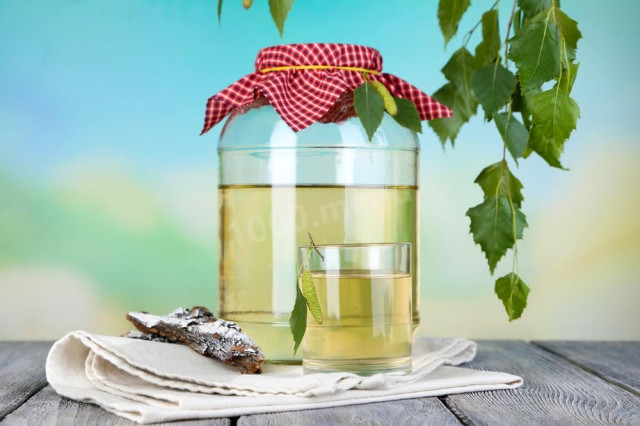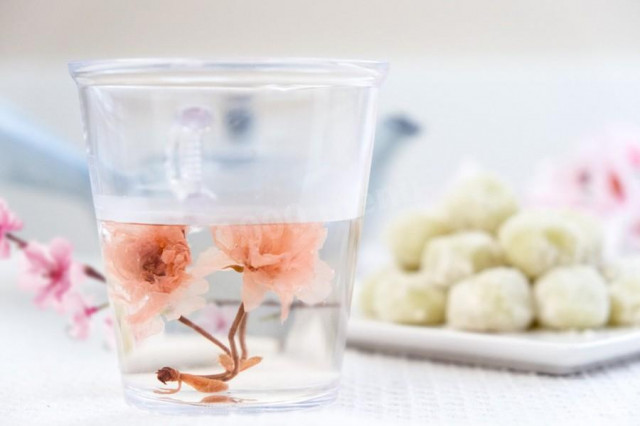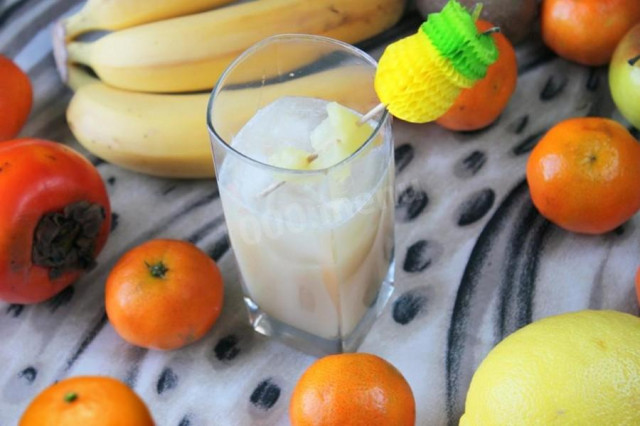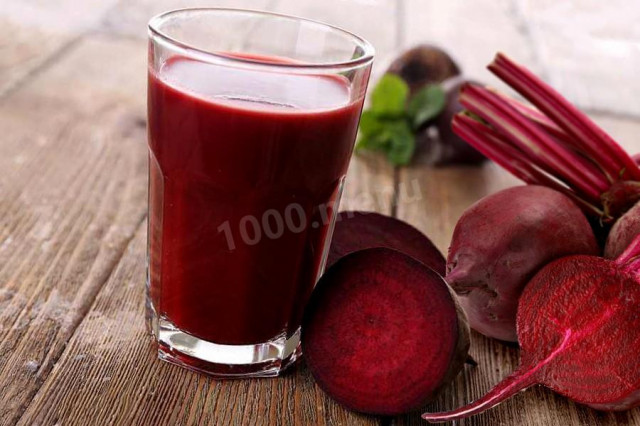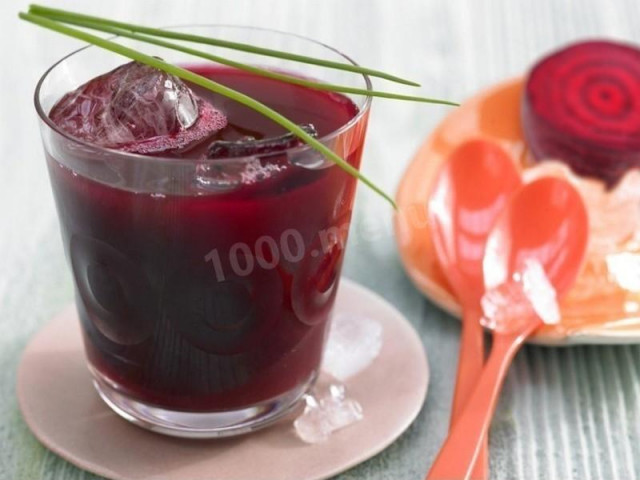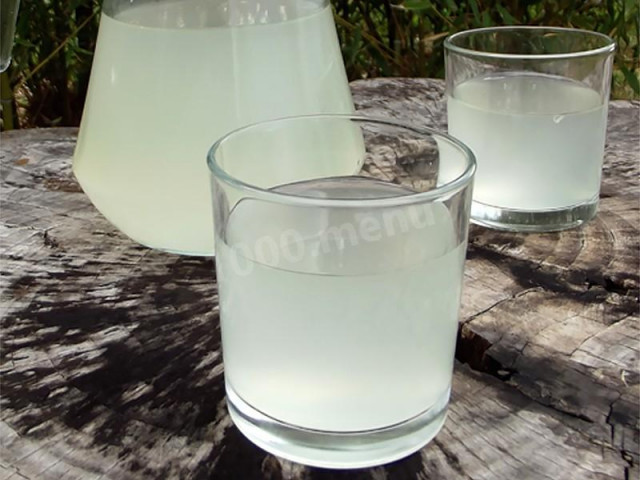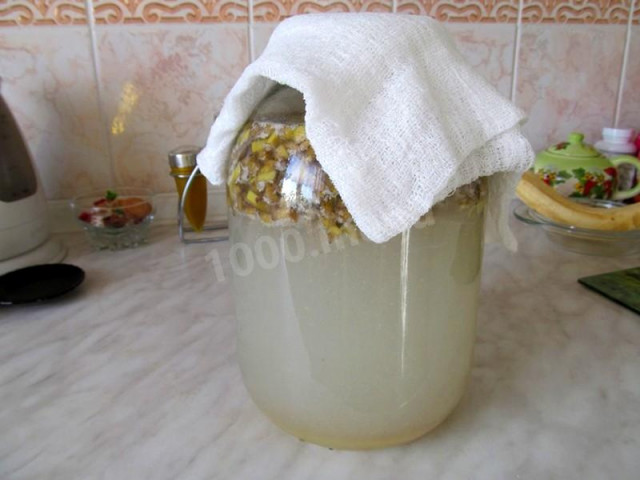Composition / ingredients
Cooking method
Birch juice (well, if it is freshly harvested) is poured into a suitable sized container. It is best to choose an enameled or glass container for these purposes, with a slightly larger volume than the main liquid will be, since kvass will ferment during the cooking process. Thus, for three liters of birch sap, we take, for example, a glass bottle with a volume of five liters.
Rye crackers are placed in a small clean linen cloth bag. We lower the bag into the jar, wait for it to get wet and sink to the bottom. If there is no pouch, you can do without it. In this case, the finished kvass will need to be carefully filtered.
We put the jar in a dark place at room temperature for two days. We tighten the neck with gauze folded 2-3 times. During this time, the fermentation process will begin in the jar.
After two days we add raisins to the jar. You do not need to wash it beforehand. We also send pieces of birch bark and oak bark, as well as dry stalks of dill. All this will contribute to a more subtle and interesting taste of the finished drink.
We leave the kvass to stand for two weeks in a dark place. The room temperature is room temperature. The neck of the container must be covered with gauze, folded in several layers. When the necessary time has passed, filter the kvass again through the gauze folded several times.
It remains to cool a healthy and delicious drink and you can serve it to the table. Birch kvass perfectly refreshes on a hot day and contains many vitamins and trace elements. Its taste is quite subtle and will surely appeal to the whole family.
Bon appetit!
Caloric content of the products possible in the composition of the dish
- Dill greens - 38 kcal/100g
- Cream crackers - 414 kcal/100g
- Wheat crackers - 331 kcal/100g
- Crackers - 331 kcal/100g
- Raisins - 280 kcal/100g
- Kishmish - 279 kcal/100g
- Birch bark - 0 kcal/100g
- Birch sap - 24 kcal/100g
- Oak bark - 0 kcal/100g

